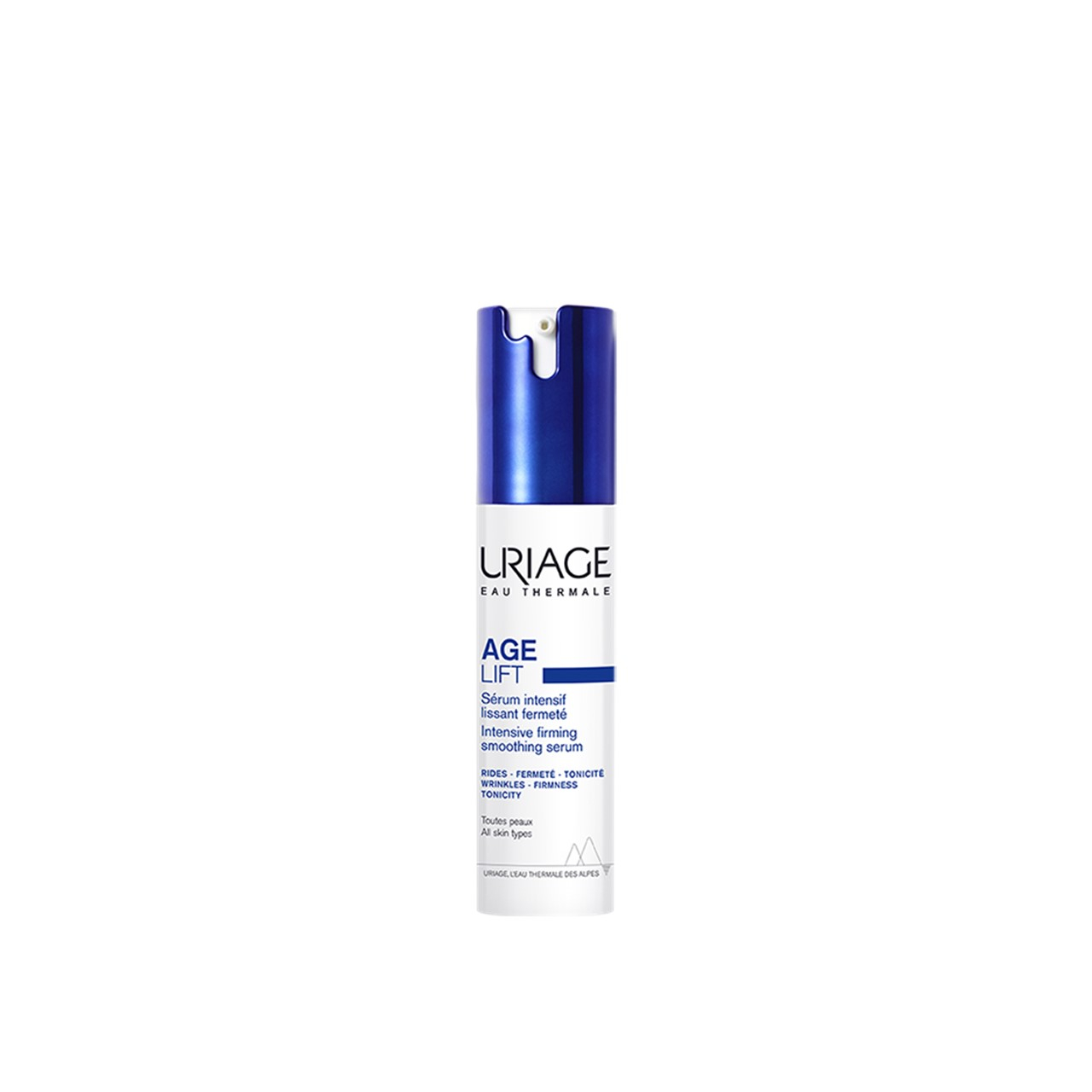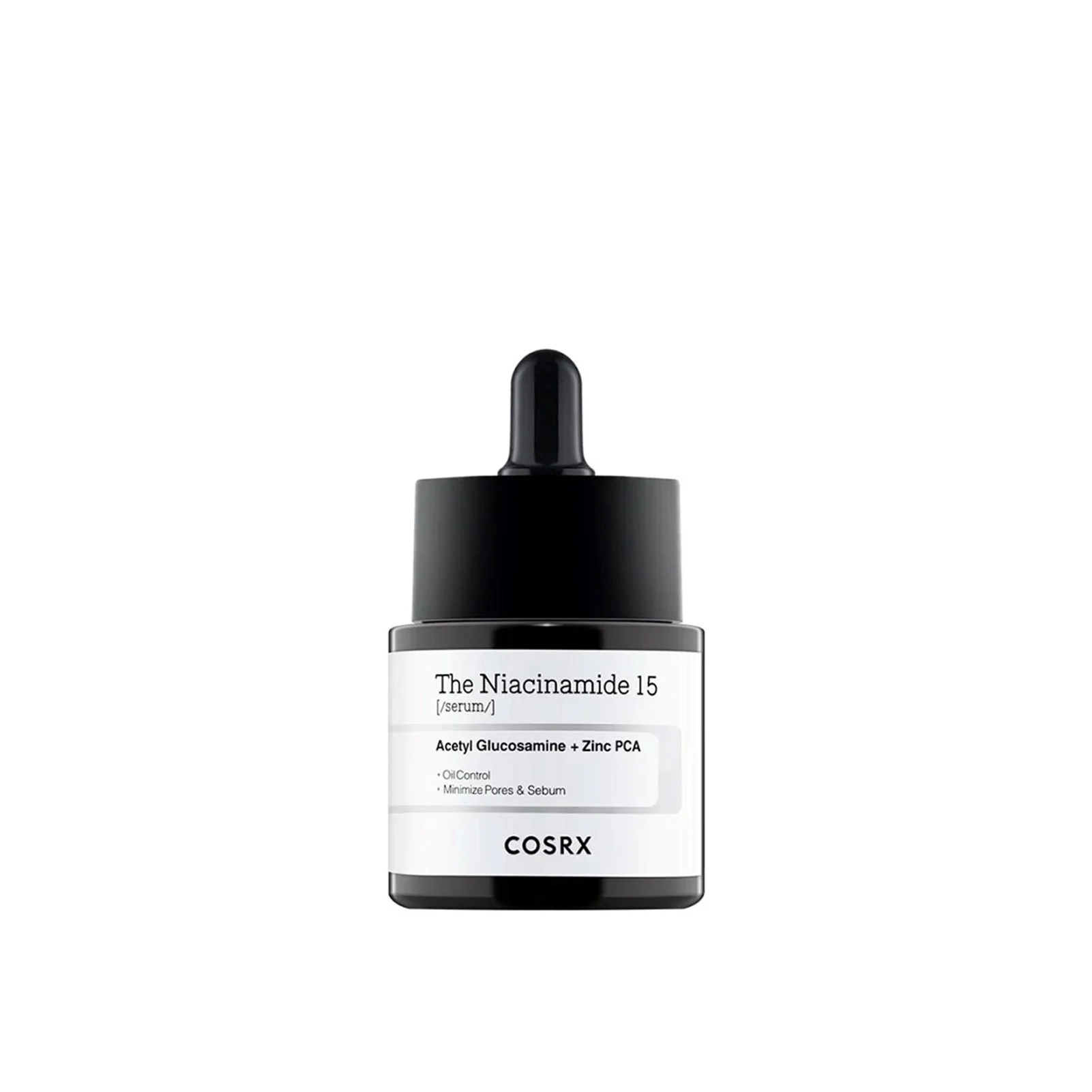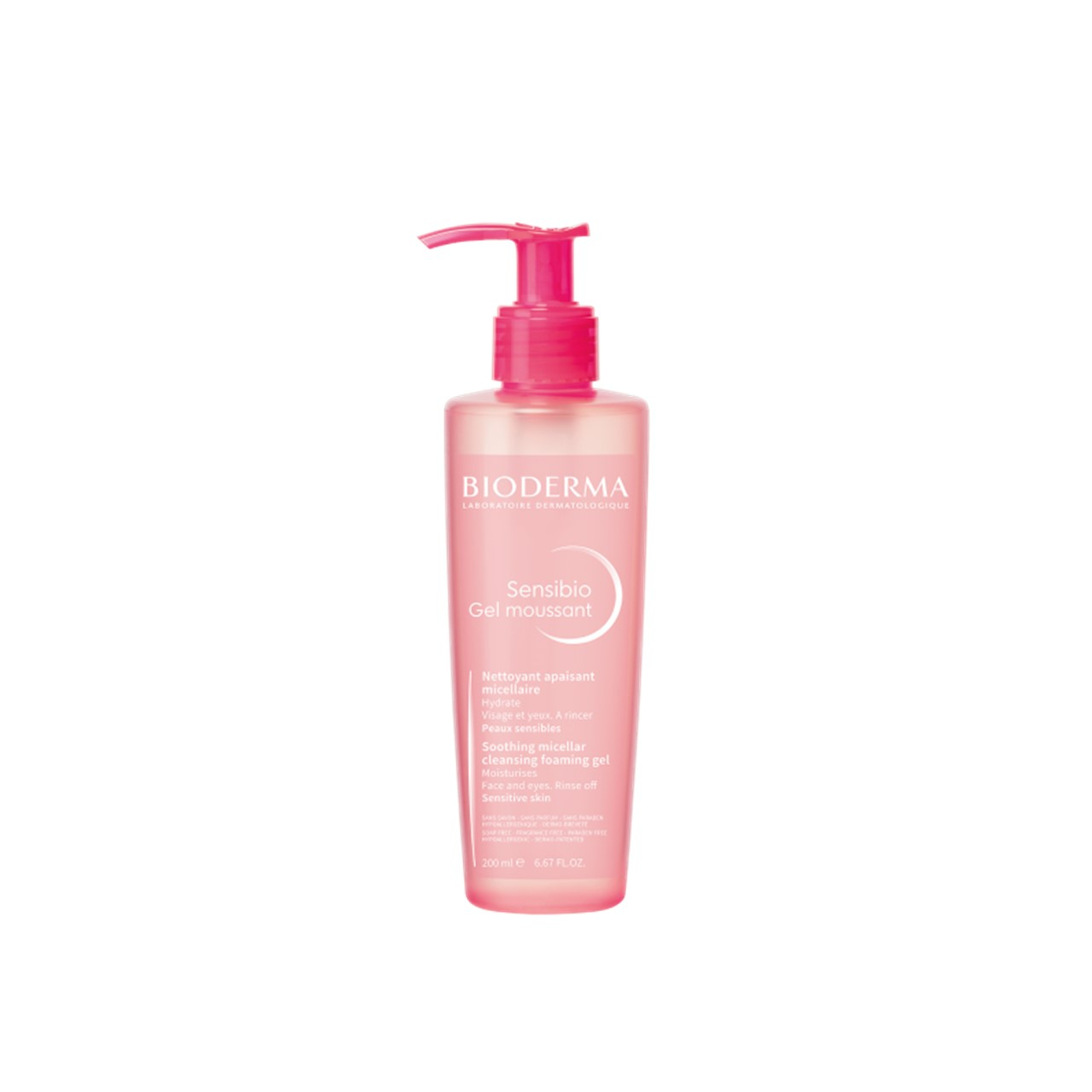
If you’re currently breastfeeding your baby, you may be having some doubts about your skincare routine. After all, the internet is full of troubling content about all of the skincare products and ingredients you should definitely avoid while breastfeeding.
This is a special time in your life, we know, and there are some restrictions that come with it. Nevertheless, we also know how rare it can be to get 15 precious minutes to yourself when you’re breastfeeding a baby. Don’t waste them stressing about your skincare routine! We’re here to help you make the best of those few moments with safe, effective skincare that will make you look and feel comfortable in your skin.
As it turns out, breastfeeding-safe skincare doesn’t have to be that complicated.
How breastfeeding affects your skin
To learn how to manage your skincare while breastfeeding, it’s important to understand how breastfeeding affects your skin.
Let’s start with hormones: during the breastfeeding phase, hormones are still pumping through your bloodstream, so it’s normal to experience some changes in your skin. However, these changes are extremely variable, which makes them difficult to predict. While some will find their skin is suddenly dry, others will struggle with oily skin or even postpartum acne.
Beyond hormones, it’s important to recognize that you’re in a pretty busy phase of your life: you’re taking care of a baby who needs you constantly! If you suddenly notice deep dark circles under your eyes and a dull look to your skin, that’s normal. These aspects will improve as your baby starts to sleep longer and you get the chance to rest.
Be kind to yourself: if you’re so busy looking after your baby that you barely have time to shower, let alone take care of your skin, that’s completely fine.
Skincare ingredients to avoid while breastfeeding
Here’s a concise list of every skincare ingredient you need to avoid while breastfeeding: none! Yes, you’ve read it right. Some ingredients that were contraindicated during pregnancy, but now that you’ve got your baby in your arms, you can use pretty much every cosmetic ingredient. The internet may claim that some skincare ingredients will enter your bloodstream and have an impact on breastfeeding, but that is just not true–for a product to be classified as a cosmetic, the formula cannot enter the bloodstream.
Now, here’s the tricky part when it comes to skincare while breastfeeding: you’re spending a lot of time with your baby, and some of that time will probably be spent snuggling. Depending on when you apply your skincare (whenever you get the chance, probably!), there’s a chance that the products you’ve just applied will rub off onto your baby’s skin.
This is where the problem lies: babies are not meant to have active ingredients on their skin (think retinol or salicylic acid, for example), and you need to be careful not to transfer them from your face to theirs.
The simplest way to do this is to avoid extremely concentrated actives for a little while–not because you’re breastfeeding, but because you’re so closely bonded to your baby at this point that you might accidentally get your skincare on their skin. In general, we recommend avoiding retinol and salicylic acid, as well as high concentrations of exfoliating acids.
Alternatives to retinol while breastfeeding
As we’ve seen, it’s not forbidden to use retinol while breastfeeding, but you can look for alternatives to retinol if it simplifies your life.
One thing you can do is opt for milder versions of retinol, such as retinyl palmitate. Alternatively, you can avoid retinol and retinoids altogether, and choose formulas with peptides; these should help you target fine lines and loss of firmness. These alternatives are not irritating, so it’s safe for you to use them around your baby without adding an extra layer of worry to your day.
Alternatives to salicylic acid while breastfeeding
If you have acne-prone skin, our recommendation is not, in fact, to choose an alternative to salicylic acid–it’s to start using salicylic acid at a different point in your skincare routine. By using a salicylic acid gel cleanser instead of a salicylic acid serum, for example, you ensure that the salicylic acid is only on your skin while you wash it. This reduces the likelihood of transferring the ingredient to your baby’s skin.
It’s true that a cleanser won’t be as effective as a serum, but it’ll still get you some of the benefits of salicylic acid. Combine it with a niacinamide serum or moisturizer, and you’ll have a great combo for acne-prone skin that will not disrupt your baby’s skin.
Choosing hyperpigmentation treatments while breastfeeding
Dark spots and hyperpigmentation often show up during pregnancy, so they’re a common concern for postpartum, breastfeeding moms. As a result, there are many doubts about which brightening treatments are safe to use while breastfeeding.
The thing is, as long as you avoid topical medication (remember, cosmetics can’t get into your bloodstream, but medication can) and stick to mild cosmetics, you and your baby should be ok. Just stay away from very harsh acids, and choose brightening skincare products with gentle formulas.
A breastfeeding-safe skincare routine
We’ve talked about the ingredients you might want to avoid (retinol, salicylic acid, highly concentrated exfoliating acids) and the strategies you might want to use as an alternative (milder versions of the same ingredient, cleansers instead of leave-in products, etc).
Now, we’ll help you put together a super basic and functional routine you can use while breastfeeding. If you just want to exist in the world, properly cleansed and moisturized, with some degree of glowing skin, this might help. And if even that sounds ambitious, don’t worry: sometimes you just want to achieve comfortable skin, and even that may be tricky with a baby in tow.
Let’s see what we can do with just three products: a cleanser, a serum, and a sunscreen.
1. A gentle cleanser
A gentle cleanser is a must-have for any skincare routine. We know you’re very busy right now, so feel free to use it in the shower! Sure, washing your face in the shower may not be ideal, but one must do what one can–and sometimes that’s washing your face in the shower.
Our only request is that you choose a facial cleanser and not a shower gel–your skin will be grateful.
2. A hydrating and soothing serum
Your skin may be acting up in the postpartum phase, so don’t worry too much about micromanaging it. If you’re going to use a serum, pick a soothing formula, which is a great basic step.
And don’t worry, just because a product is soothing doesn’t mean it’s boring or ineffective. On the contrary, the hydrating and soothing serums we share below are some of our team’s favorite products ever.
3. A great sunscreen
When it comes to sunscreens to use while breastfeeding, our recommendation is to go for a sunscreen that won’t sting your eyes. This is a time when you’ll be sweating, crying and using lots of baby wipes, so it’s likely that your sunscreen will migrate all over your face, and possibly into your eyes. So there you go: to help you avoid any eye irritation from accidental contact with your sunscreen, we recommend an eye-friendly sunscreen.
While you’re breastfeeding your baby, having a personal care routine that includes skincare can be a positive part of your life. By keeping expectations low and achievable, and choosing the right products, you can keep your skin healthy and comfortable. Look for understated skincare products with hydrating and soothing formulas, suitable for dehydrated skin, and embrace simplicity during this time!
Pharmacy Technician & Beauty Writer










![Sensilis Skin Rescue [Serum S.O.S.] Soothing Restorative Serum 30ml](https://static.beautytocare.com/media/catalog/product//s/e/sensilis-skin-rescue-serum-s-o-s-soothing-restorative-serum-30ml.jpg)



